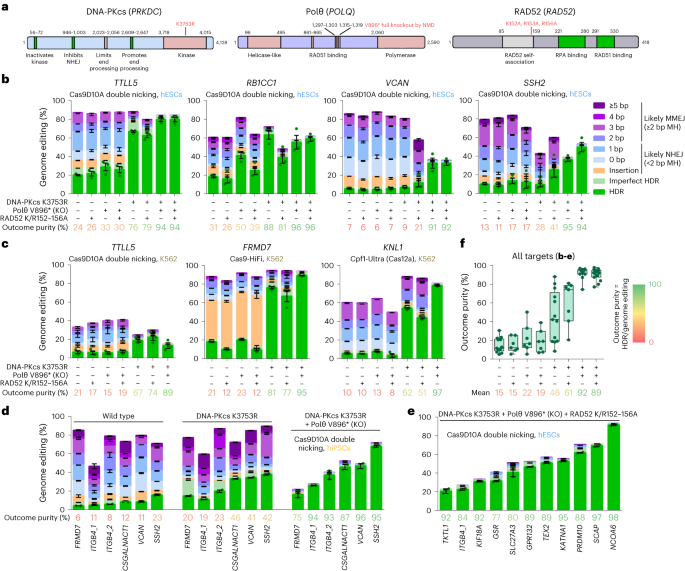2023-07-13 ミュンヘン大学(LMU)
◆研究によれば、活性化は腸の粘膜にある腸関連リンパ組織(GALT)で行われ、腸内細菌が存在する場合にのみ起こります。この研究結果は、多発性硬化症の発症メカニズムを理解する上で重要であり、将来的に新しい治療法の可能性を示唆しています。
<関連情報>
- https://www.lmu.de/en/newsroom/news-overview/news/multiple-sclerosis-fateful-immune-cell-activation-in-gut-made-visible.html
- https://www.pnas.org/doi/10.1073/pnas.2302697120
回腸固有層における脳原性T細胞の活性化をその場2光子イメージングで可視化する Visualizing the activation of encephalitogenic T cells in the ileal lamina propria by in vivo two-photon imaging
Isabel J. Bauer, Ping Fang, Katrin F. Lämmle , Sofia Tyystjärvi, Dominik Alterauge, Dirk Baumjohann, Hongsup Yoon,Thomas Korn, Hartmut Wekerle, and Naoto Kawakami
Proceedings of the National Academy of Sciences Published:July 19, 2023
DOI:https://doi.org/10.1073/pnas.2302697120

Significance
Autoreactive T cells exist in the healthy immune repertoire but do not inherently induce CNS autoimmunity. It has been shown that the infiltration of these T cells can induce CNS inflammation, such as multiple sclerosis, yet the trigger for T cell infiltration remains elusive. In this study, we show that the autoreactive T cells do get stimulation from small intestinal microbiota which results in phenotypical changes of the T cells. The results indicate how and where preexisting autoreactive T cells get triggered to initiate immune reactions. The results open therapeutic avenues to prevent autoimmunity.
Abstract
Autoreactive encephalitogenic T cells exist in the healthy immune repertoire but need a trigger to induce CNS inflammation. The underlying mechanisms remain elusive, whereby microbiota were shown to be involved in the manifestation of CNS autoimmunity. Here, we used intravital imaging to explore how microbiota affect the T cells as trigger of CNS inflammation. Encephalitogenic CD4+ T cells transduced with the calcium-sensing protein Twitch-2B showed calcium signaling with higher frequency than polyclonal T cells in the small intestinal lamina propria (LP) but not in Peyer’s patches. Interestingly, nonencephalitogenic T cells specific for OVA and LCMV also showed calcium signaling in the LP, indicating a general stimulating effect of microbiota. The observed calcium signaling was microbiota and MHC class II dependent as it was significantly reduced in germfree animals and after administration of anti-MHC class II antibody, respectively. As a consequence of T cell stimulation in the small intestine, the encephalitogenic T cells start expressing Th17-axis genes. Finally, we show the migration of CD4+ T cells from the small intestine into the CNS. In summary, our direct in vivo visualization revealed that microbiota induced T cell activation in the LP, which directed T cells to adopt a Th17-like phenotype as a trigger of CNS inflammation.


